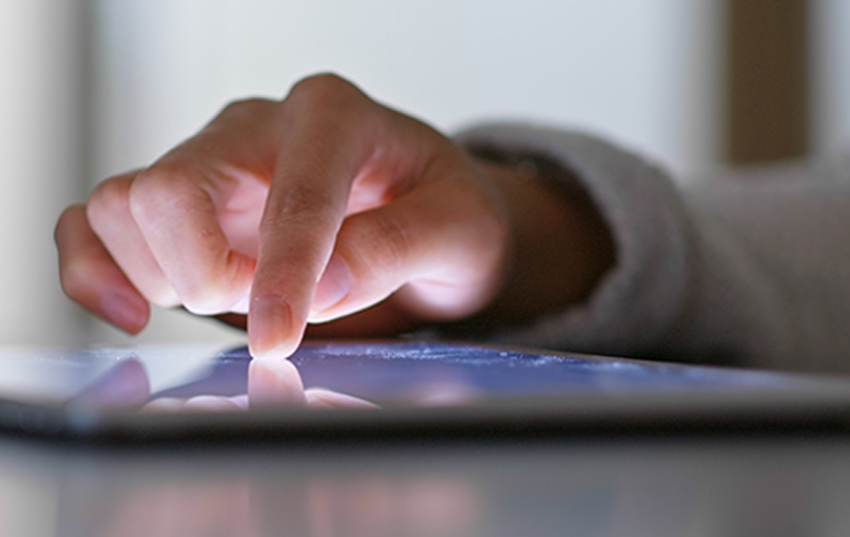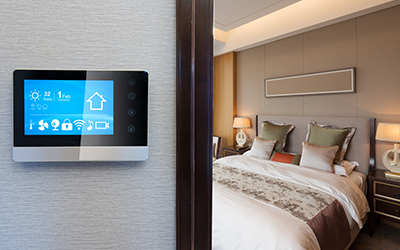
Source: leungchopan/People/Adobe Stock.
The personal computing market remains relatively unchanged year-over-year and quarter-over-quarter. Yes, there are minor fluctuations is the percentages of respondent ownership rates, but the broad strokes of the market remain remarkably consistent. Mobility and flexibility are still key drivers of the market as consumers value being able to complete many tasks “on the go” with laptops or tablets.
This report presents the findings of a recent survey conducted by S&P Global Market Intelligence 451 Research, which asked US consumers about current tablet, desktop and laptop ownership, as well as customer satisfaction and purchasing plans.
Mobility upended computing but innovation has stagnated
Over the last couple of years, our reports have highlighted how the personal computing landscape has essentially stopped evolving. Instead, it has settled into an equilibrium where consumers predictably spread their tasks across smartphones, tablets, laptops and desktops, each having its own set of preferred use cases.
Our survey once again shows the near ubiquity of smartphone ownership (94%) among respondents. This compares to about half (51%) owning a tablet and 61% owning a laptop. The greater focus on mobility continues to reduce the overall reliance on desktops (39%), except for a few specific use cases.
The main takeaway is that current computing form factors continue to meet consumers’ needs. And in the current environment — both technological and economical — there really is not any impetus to spark major changes in consumer habits. There has been a lot said about augmented and virtual reality (AR/VR) devices in recent years, but a “gamechanger” app or use case to drive widespread adoption has yet to materialize. Also, cost is a major factor with AR/VR adoption given the current economic environment.
Computing use cases favor smartphones
A look at use case preferences helps to explain some of the stagnation we see in the broader personal computer market. Respondents were given a list of common tasks and asked which devices they prefer to use for each.
Smartphones were the top device choice for all 11 of the use cases, with the highest being for texting (87%) and calling (73%). Desktops/laptops were the second choice for 10 of the 11 use cases, with the highest being for email (44%) and shopping (41%). Meanwhile, tablets came in third for 10 of the 11 use cases, with the highest being for video streaming (11%) and shopping (10%).
Furthermore, Generation Z has the highest average number of respondents who use smartphones to complete these tasks, followed by millennials and Generation X.
Who leads in mobile computing?
The 2024 second-quarter report said millennials and Gen X were the leaders in mobile computing, primarily because they had the highest ownership rates for tablets and laptops. While these two cohorts are certainly still tops in tablet ownership (56% and 53%, respectively), baby boomers now show a jump in laptop ownership (62%) that puts them ahead of everyone else. At the same time, Gen Z lags behind in ownership of desktops, laptops and tablets, yet are tied with millennials in smartphone ownership (98%).
For many in the youngest of these cohorts, they often do not need anything more than a smartphone to stay on top of their personal computing needs. While much of this can be attributed to the digital immersion in which they grew up, it could also be economic, as it may not be possible for many of them to purchase multiple devices.
Want insights on consumer technology trends delivered to your inbox? Join the 451 Alliance.

